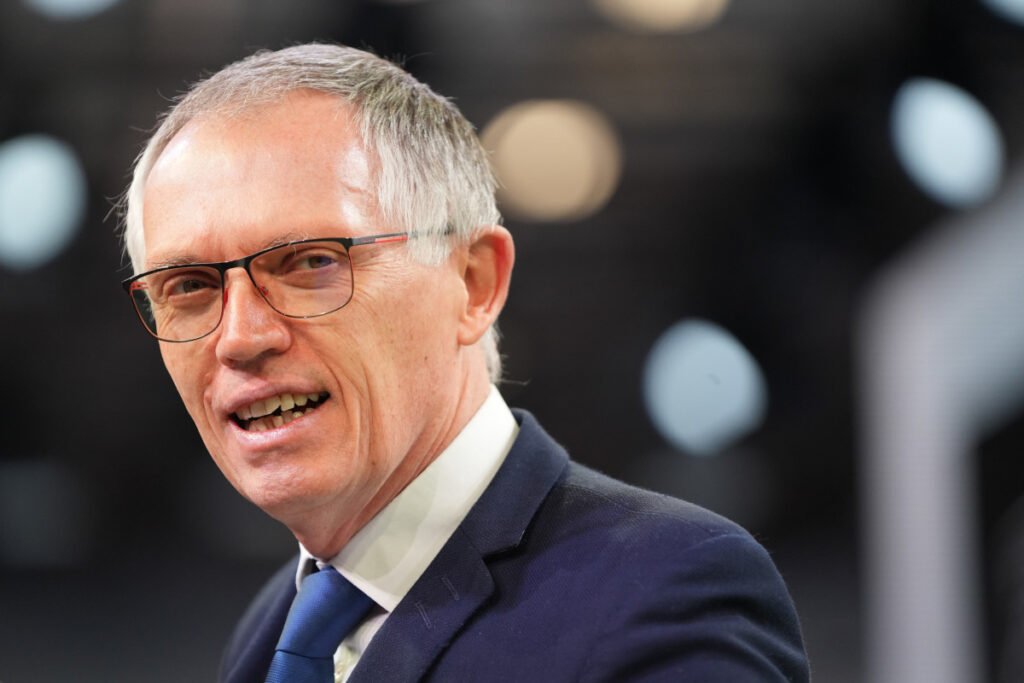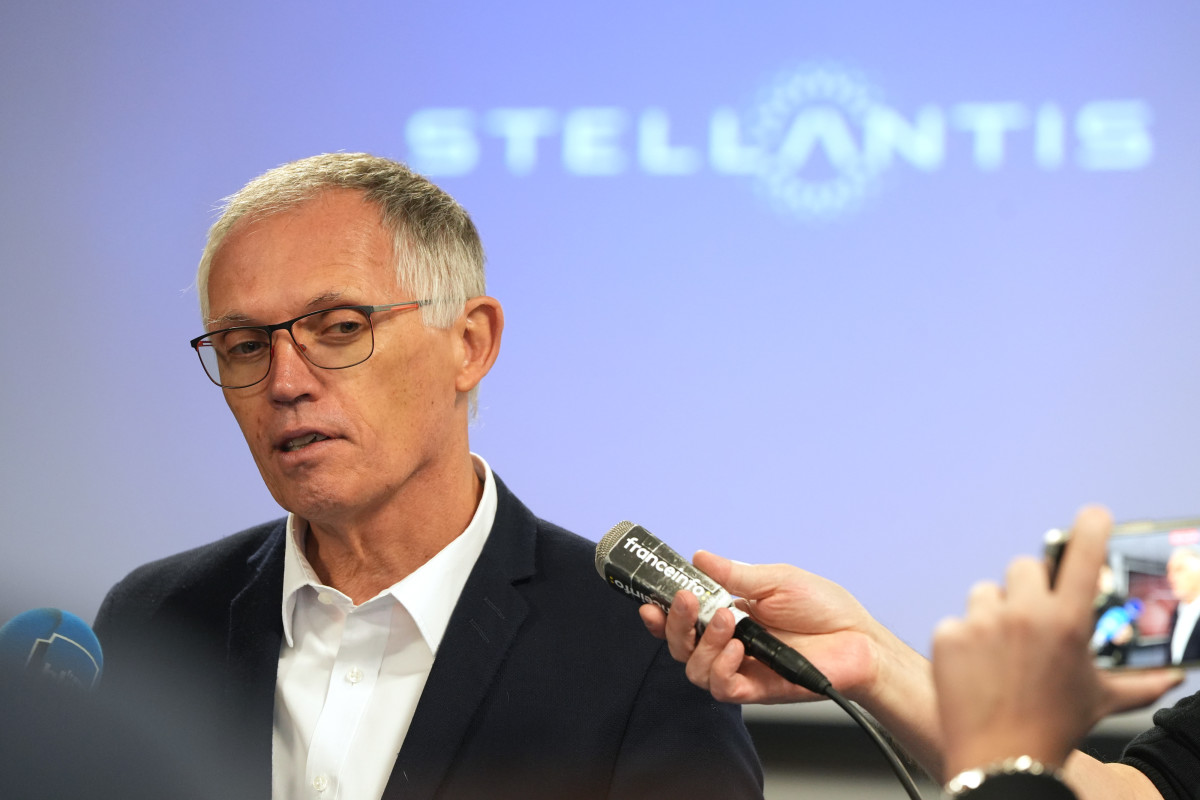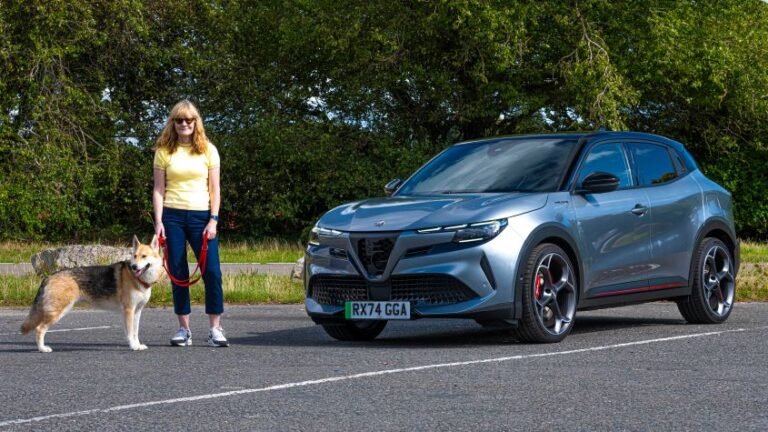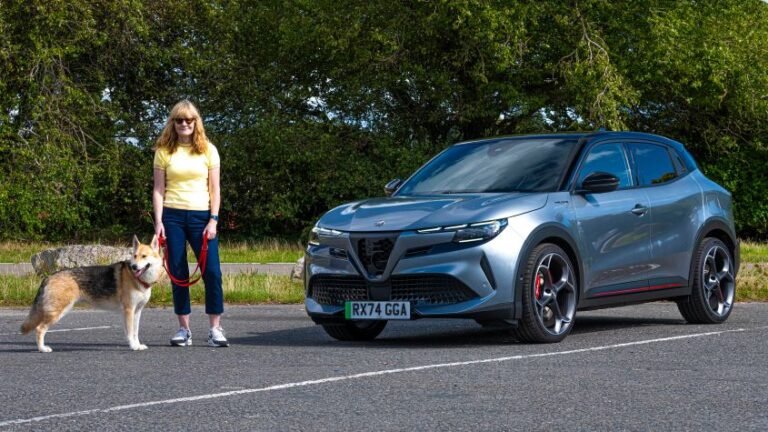
The ex-boss has a lot to say about his former employer
According to a new report published by Bloomberg, former Stellantis CEO Carlos Tavares says that the company he resigned from could face a potential breakup. In a new book, the former head of the 10-brand-strong multinational automaker said that Stellantis’s French, Italian, and U.S. operations may break off on their own if it fails to appease its various stakeholders in their respective territories.
In his book, which was published in France on October 23, Tavares wrote that he was worried “that the three-way balance between Italy, France, and the US will break” within Stellantis, adding that its survival as a company is dependent on its management and C-suite paying attention to unity “every day” amidst the pressures of being pulled in multiple directions.
Tavares had been with the company since its inception in 2021 until his resignation and departure in December 2024. The company itself, which formed from the merger of Fiat Chrysler Automobiles (FCA) and the PSA group, is massive, to say the least. Under its umbrella are 14 brands, which include well-known American names like Chrysler, Dodge, Jeep, and Ram Trucks, as well as European names like Fiat, Maserati, Alfa Romeo, Peugeot, Citroën, and Opel.
During his time at the helm, Tavares oversaw some very controversial cost-cutting decisions that not everyone at the company was on board with, including dealers in the United States. These included swapping metal parts for plastic ones on some of its higher-end vehicles and shifting production operations of certain brands away from countries like France and Italy to lower-cost countries like Poland and Morocco.
In a December 2024 CNBC report, several former and current Stellantis executives and other U.S.-based employees described Tavares as a selfish leader who would sacrifice the business to squeeze out every last cent. In his past tenure at Renault under the notorious Carlos Ghosn, he gained a reputation as a brash businessperson who was unafraid to shake up C-suites. One Stellantis-affiliated individual characterized Tavares as jaded and said that the pressure to cut costs felt like having a pistol “to your head.”
Giuliano Berti/Bloomberg via Getty Images
In a June 2025 interview with Bloomberg at his home near Lisbon, in his native Portugal, Tavares admitted that he could have done “tons of things” differently, noting that one regret he has is failing to bring US dealers on board with his cost-cutting agenda.
“The dealers in the U.S. did not want to support what we were trying to do, which is my responsibility,” he said. “Many things could have been done differently, but that doesn’t matter. The company is profitable.”
However, in the book, the former CEO disputed how certain events that led to his departure actually played out. In addition, Tavares wrote that Stellantis’s European and North American operations could possibly split from the group in the future.
“One possible scenario, and there are many others, could be a Chinese manufacturer one day making a bid for the Europe business with the Americans taking back the North America operations,” he said, a decision that could allow the respective companies to refocus on their regional markets.
ETIENNE LAURENT/AFP via Getty Images
Stellantis’s new leadership faces newer challenges
Tavares’s successor, Antonio Filosa, has been leading the company since he took the reins in June. Recently, the automaker temporarily halted production at some of its European plants in an effort to “adjust the production pace to a challenging market.” On Monday, Filosa met with major Italian labor unions to ease concerns about its long-term plans and reassured workers that the region is a key part of its industrial strategy. He supported his case by announcing 400 new jobs at its Turin plant, which will add a second shift to support production of the new Fiat 500 Hybrid, a model Filosa described as key to strengthening the brand’s European presence.
“The company is respecting the timelines of the longer-term strategic plan for Italy announced in December last year,” Filosa told union leaders. “It’s not enough, but I can tell you that is all we can do so far, considering the context.”
In addition, an October 21 Bloomberg report states that production at the Warren Truck Assembly plant, which manufactures the Jeep Wagoneer, will remain halted due to a shortage of key components resulting from the September 16 fire at a Novelis Inc. aluminum plant in Oswego, New York. A UAW local official representing the plant noted that the fire, which has also impacted Dearborn-based Ford Motor Company, has affected the supply of the SUV’s aluminum hoods and doors.
Final thoughts
The future of Stellantis is in a different place than under the tenure of former CEO Carlos Tavares. Despite the challenges faced by leadership from their partners abroad, the company is still set to invest over $13 billion in U.S. manufacturing over the next four years. These moves would add more than 5,000 jobs at its plants in Illinois, Ohio, Michigan, and Indiana. In a statement, Filosa stated that its success in the U.S. would translate to success elsewhere.
“This investment in the U.S. – the single largest in the Company’s history – will drive our growth, strengthen our manufacturing footprint and bring more American jobs to the states we call home,” Filosa said. “As we begin our next 100 years, we are putting the customer at the center of our strategy, expanding our vehicle offerings and giving them the freedom to choose the products they want and love.”



